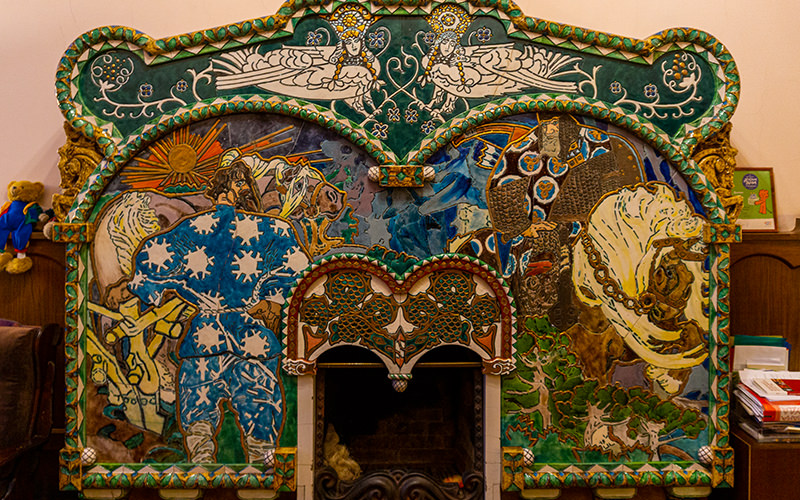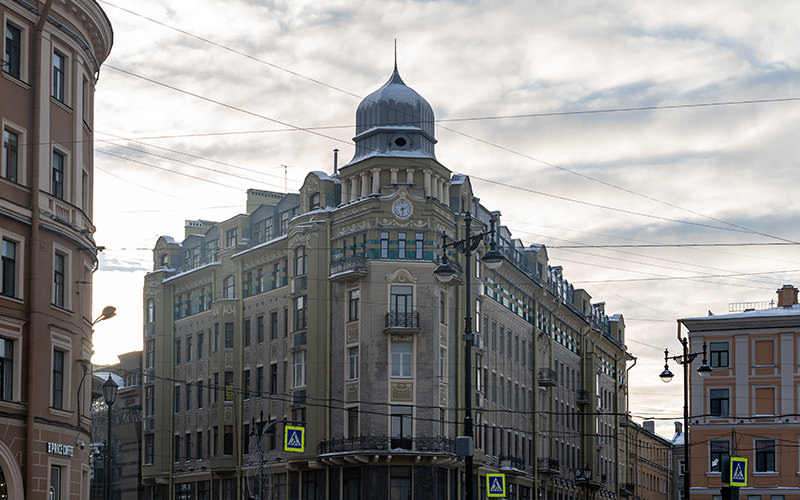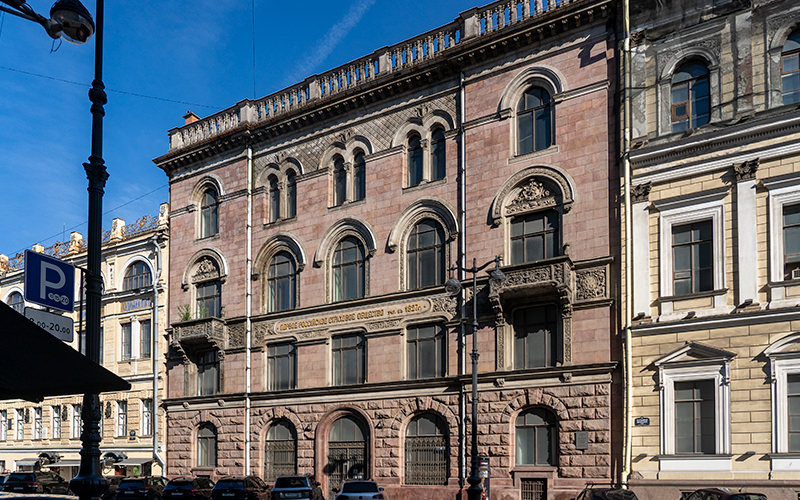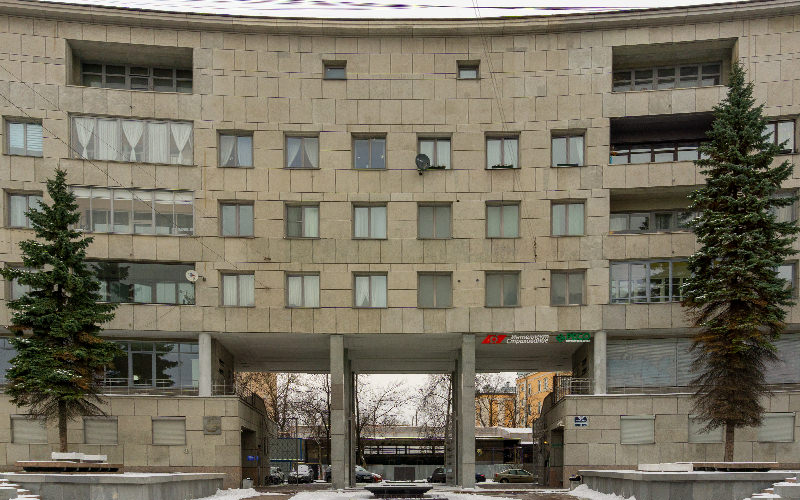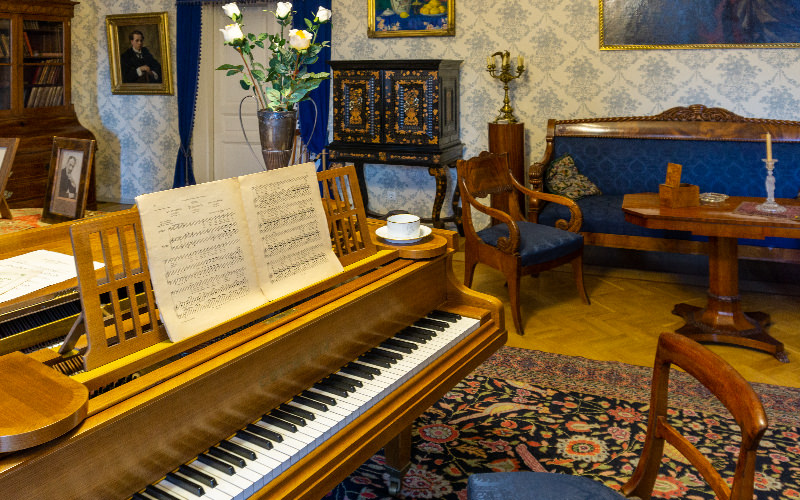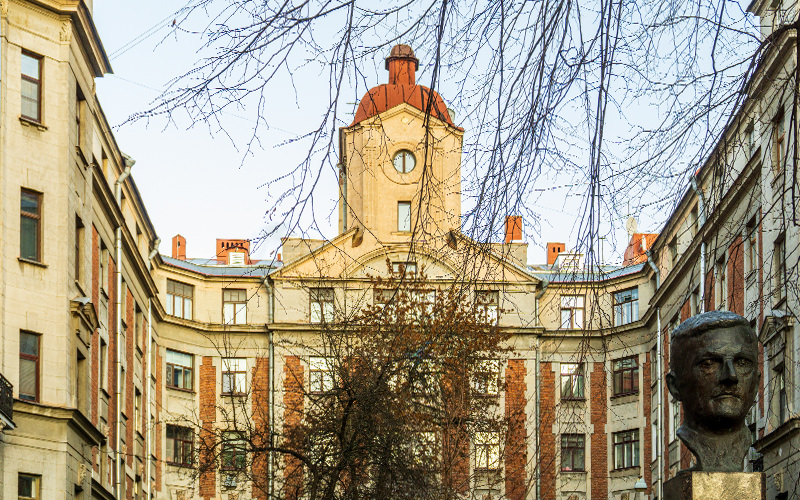We continue our exploration of St. Petersburg’s unique and fascinating buildings. Today, my brief story will focus on the Emir of Bukhara's house on Kamenny Island Avenue. When and by whom was it built? Why does it bear such an unusual name? What do its front entrances look like? Today, I’ll make sure to answer all of these questions.
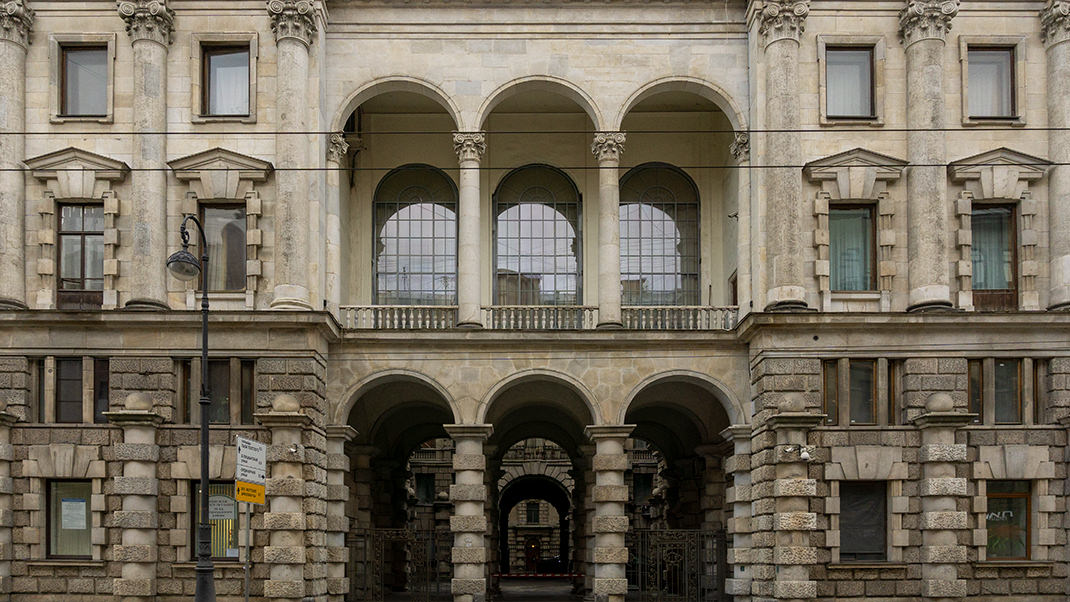
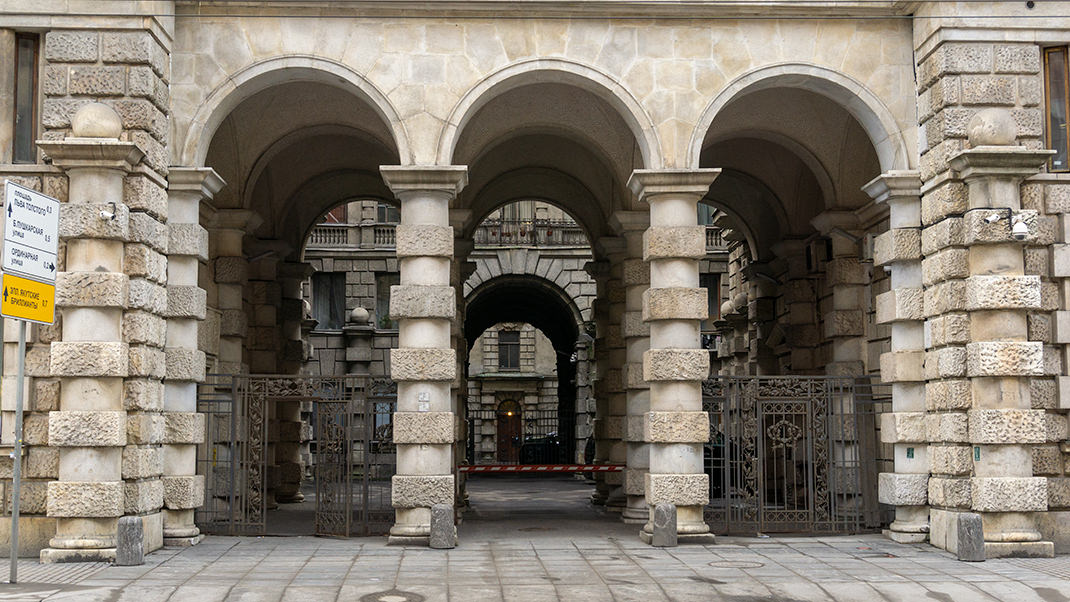
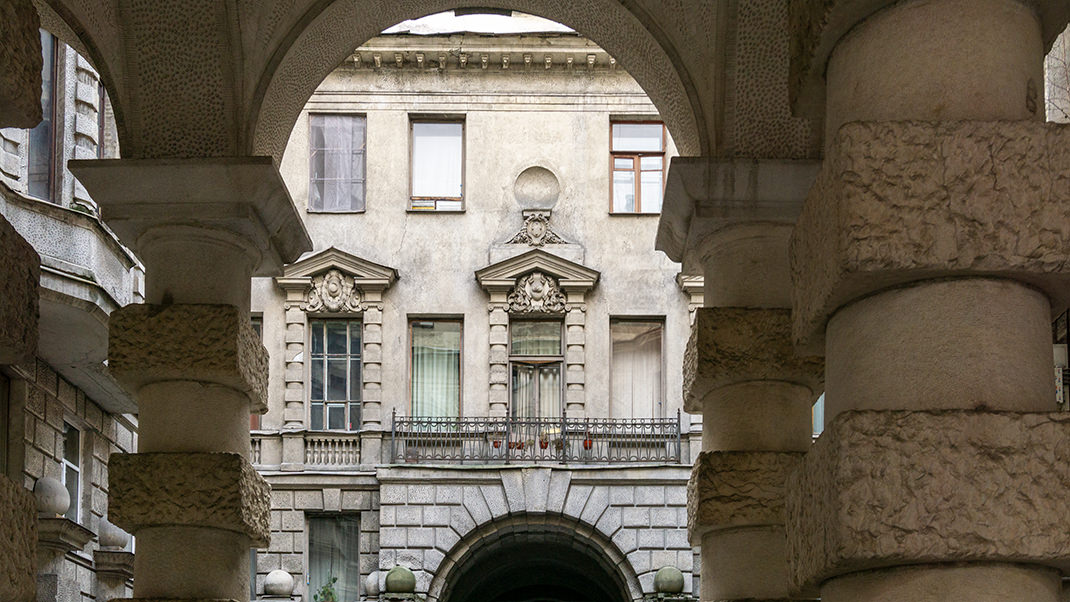
How to Get There
The house is located at 44B Kamenny Island Avenue, just a few minutes' walk from the Petrogradskaya metro station. As always, a reminder that this is a residential building, so if you decide to take a closer look, please try not to disturb the residents.
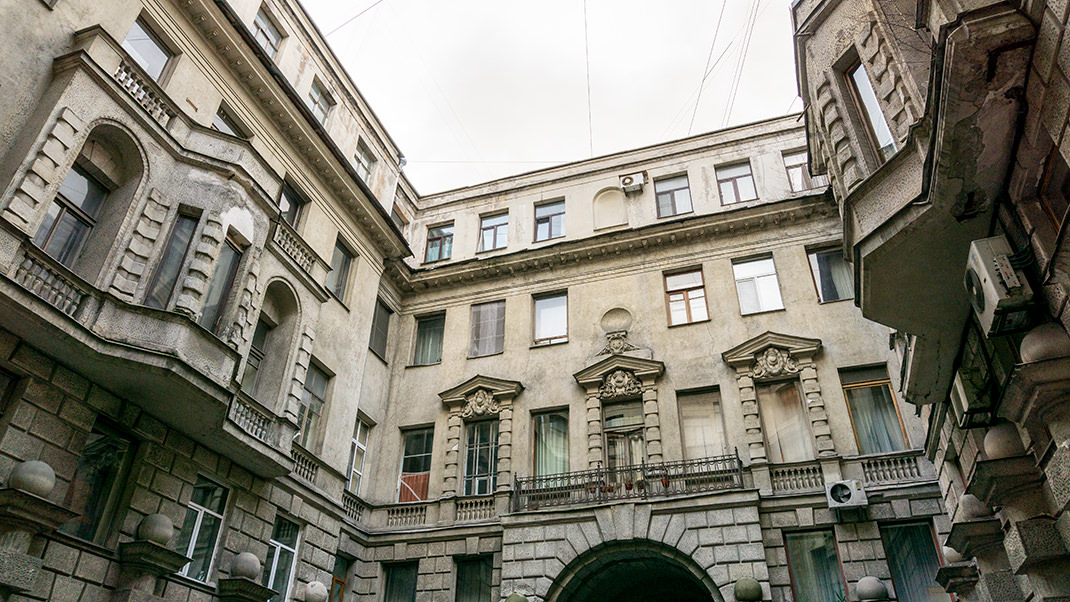
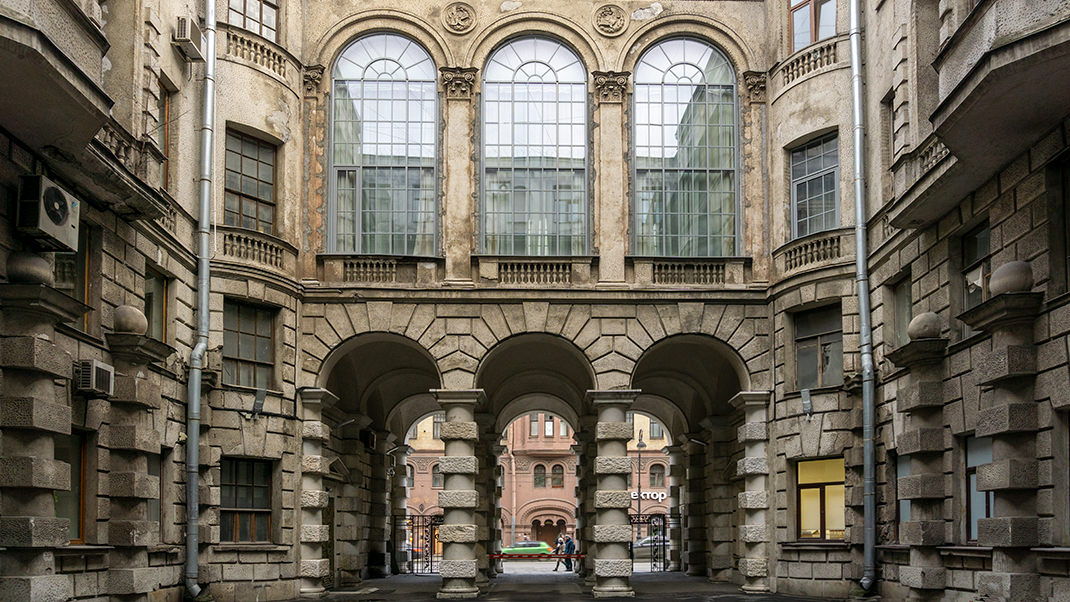
A Bit of History
Let’s start with the name. This income house was built for Said Alim Khan, the last ruler of the Emirate of Bukhara (a state in Central Asia that existed until 1920), hence its name, “the Emir of Bukhara’s House.” Curious readers might wonder how St. Petersburg connects to a distant eastern land. It’s quite simple: the future ruler arrived in the Russian Empire with his father in the late 19th century. Here, in the city on the Neva, he entered the elite Imperial military educational institution, the Nikolayev Cadet Corps. By the way, one of the other notable Russian buildings funded by his father, Said Abdulahad Khan, is the famous St. Petersburg Mosque.
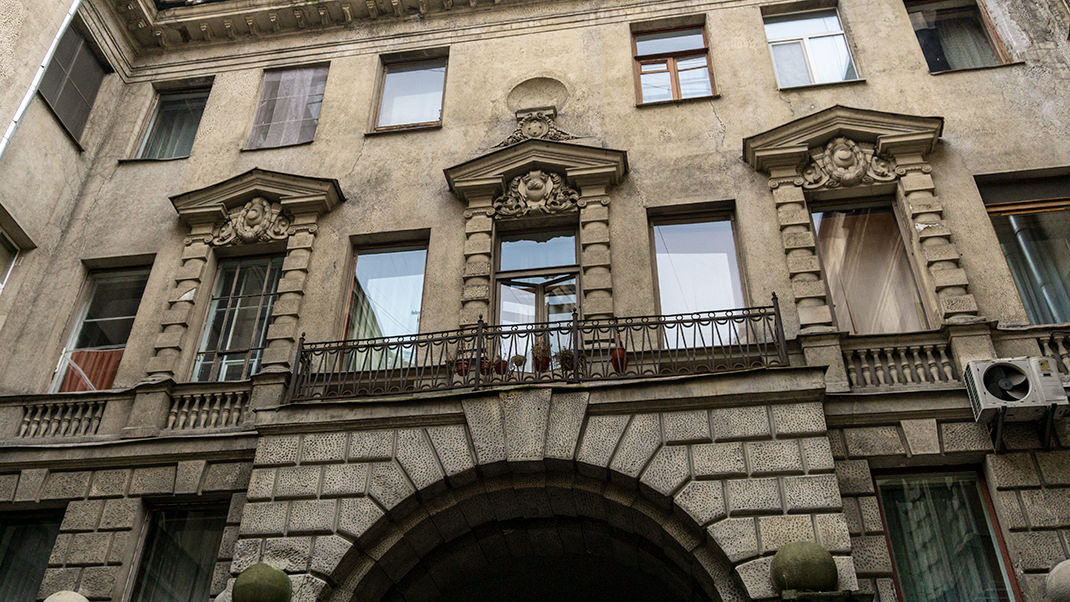
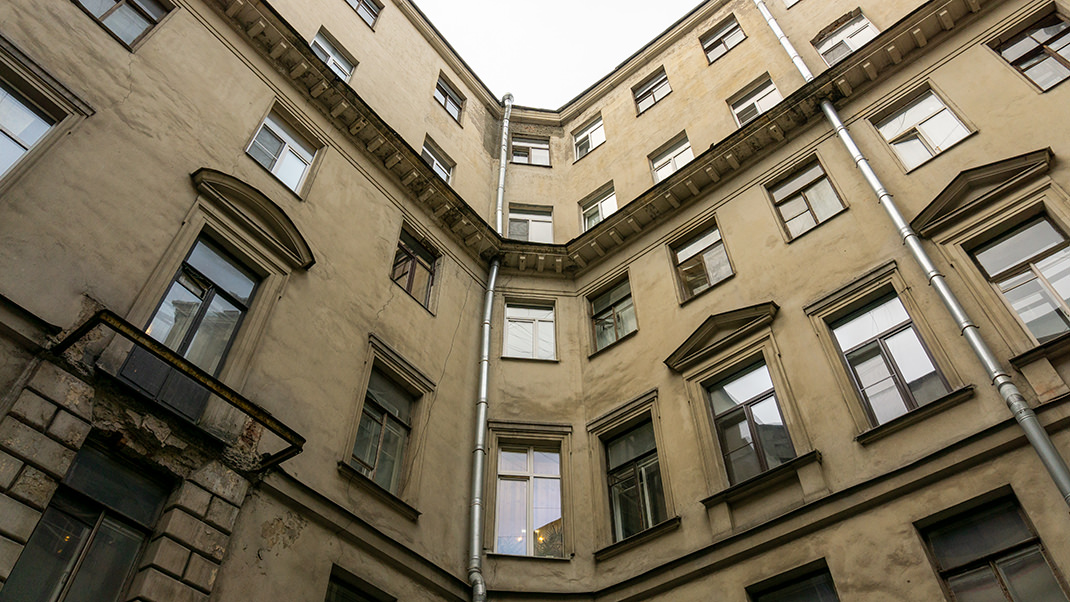
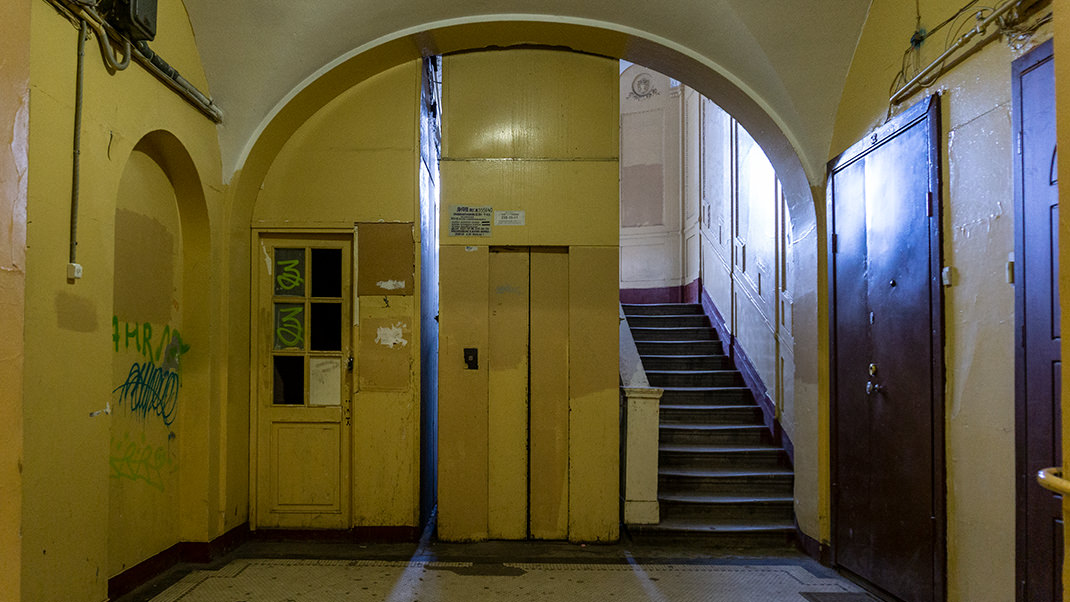
The building’s design was developed by architect Stepan Samoilovich Krichinsky. Among his other works are the palace of E. A. Vorontsova-Dashkova in Shuvalov Park, the Fedorovsky Gorodok in Pushkin, and the St. Petersburg Mosque, already mentioned. The house for the Emir of Bukhara was built between 1913 and 1914, though finishing work continued until the mid-20th century due to the start of World War I.
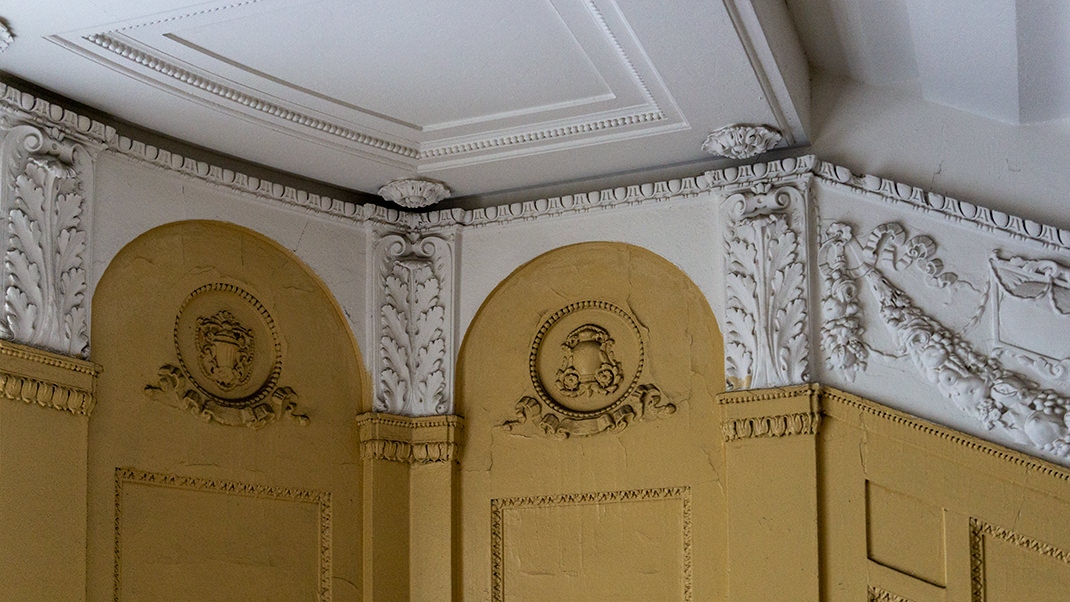
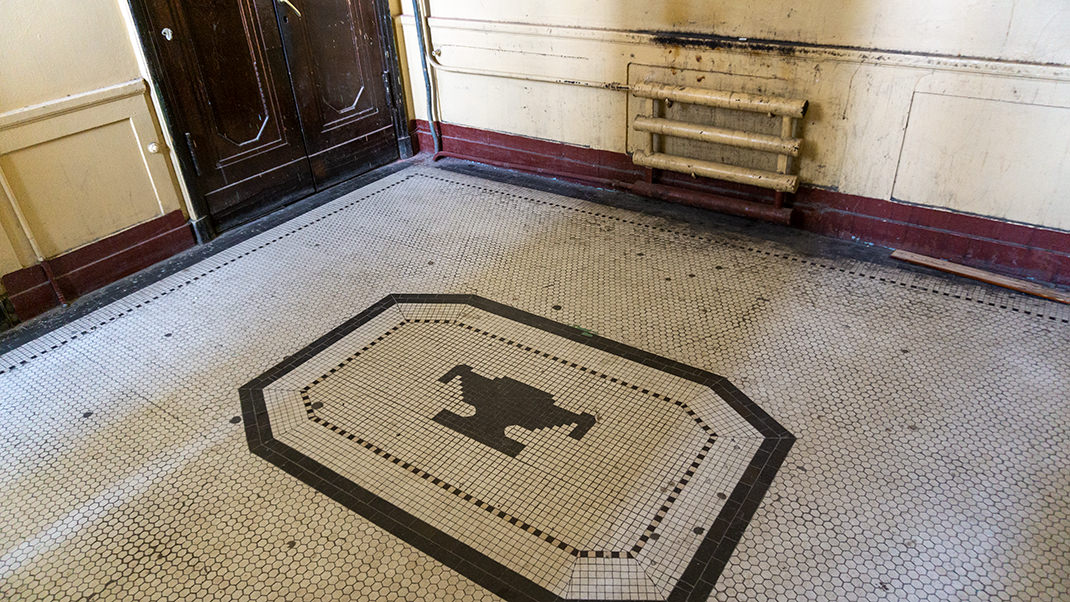
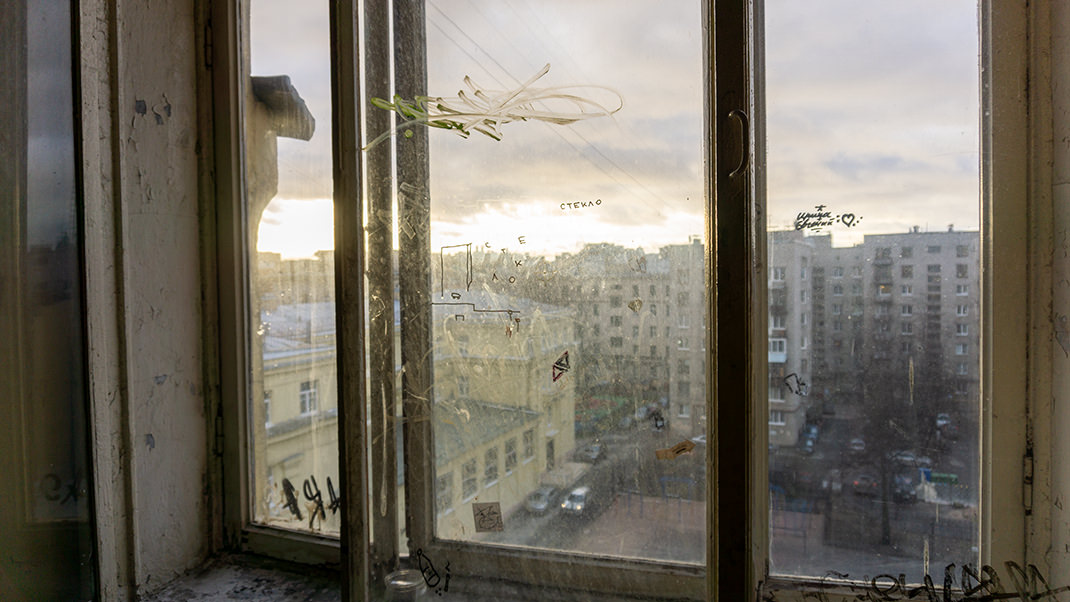
The last Emir took power in Bukhara in 1910, but just ten years later, Said Alim Khan was overthrown, and the Bukharan People's Soviet Republic was proclaimed in the Emirate’s former territory. The house on Kamenny Island Avenue never saw its owner, and in Soviet times, communal apartments common for St. Petersburg in that era were introduced here.
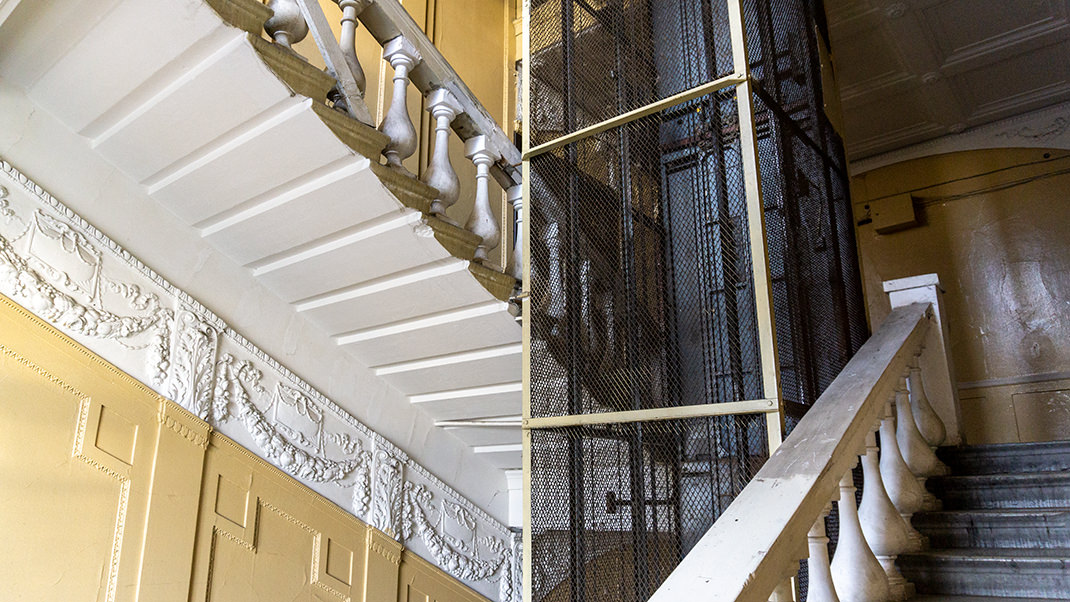
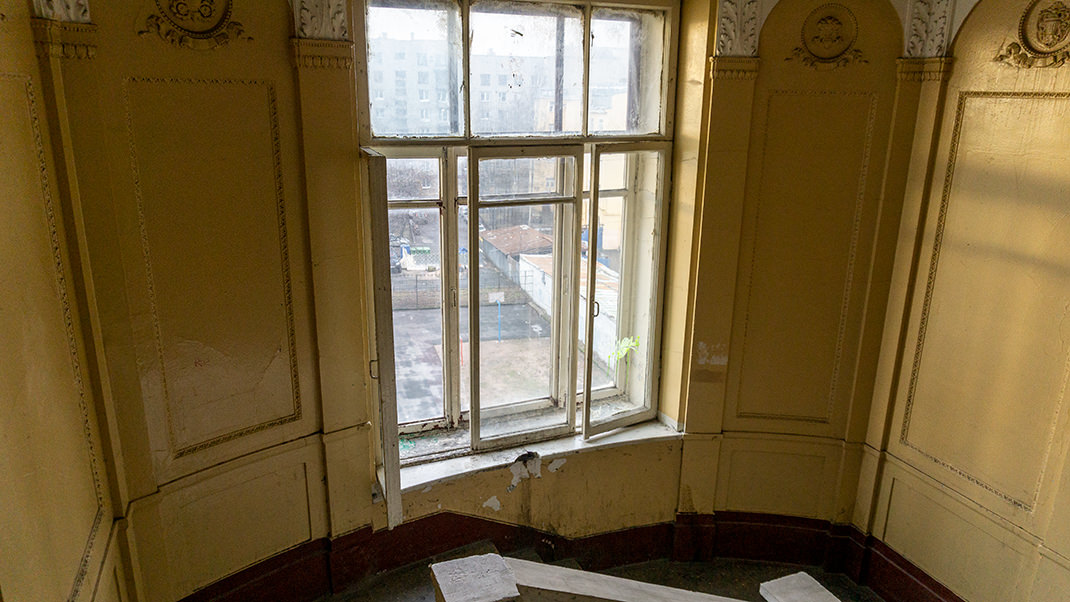
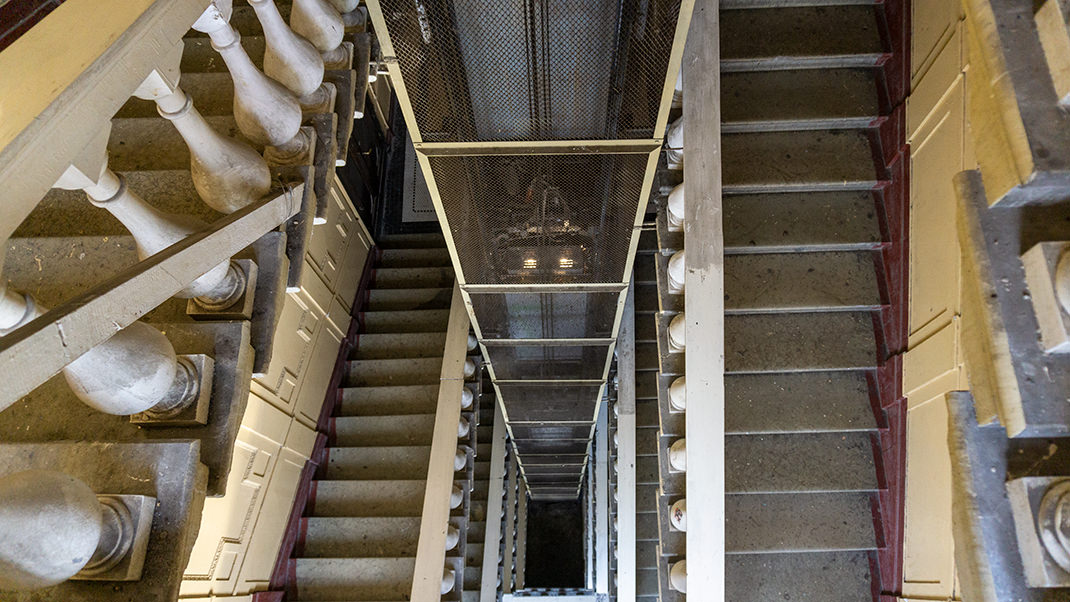
According to online sources, communal apartments still exist here, although now they share space with upscale, merged apartments.
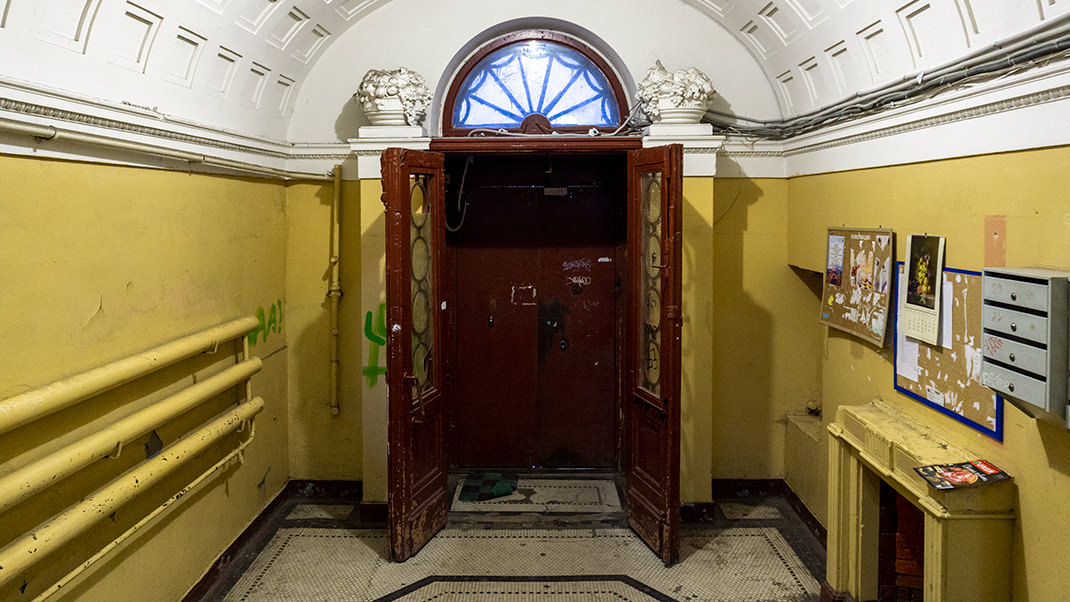
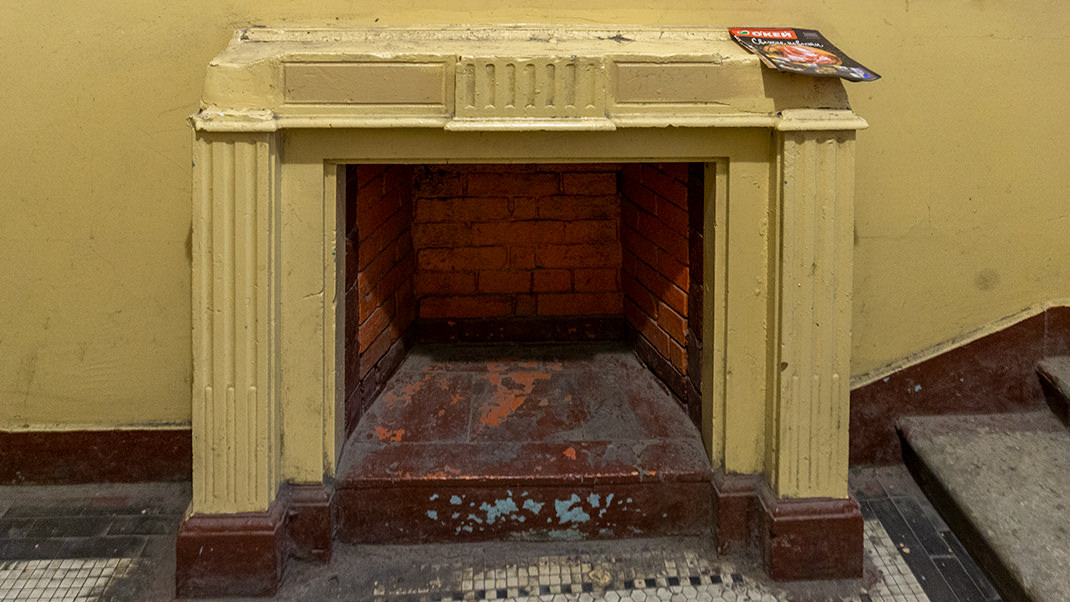
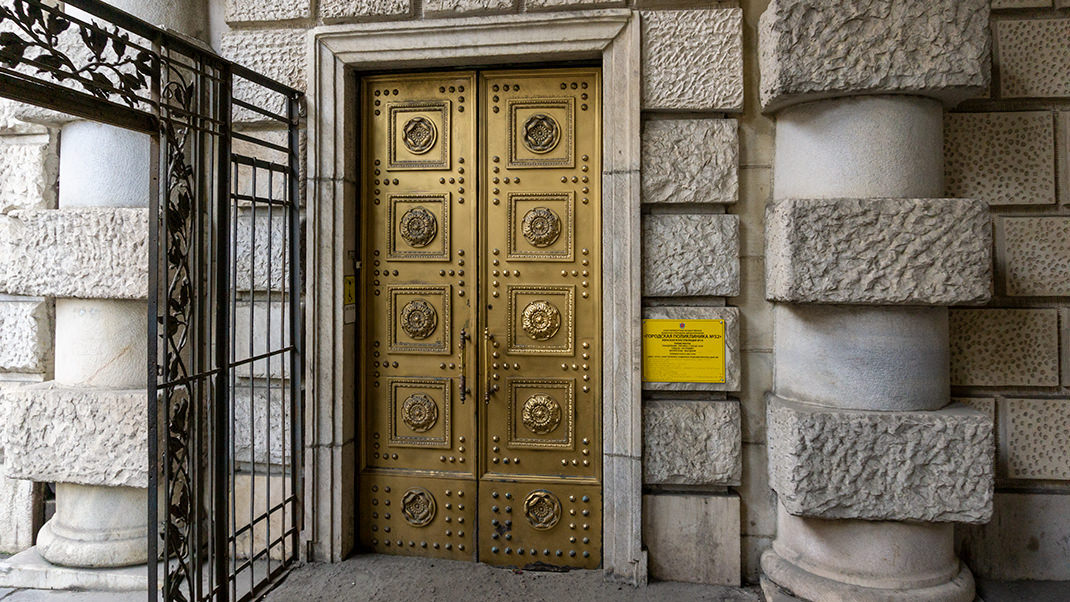
To further explore the Petrograd Side, you can visit the nearby House of the Three Benois. There, you can join a guided tour of the building and its many courtyards, visit the Kirov Museum, or even take a look inside the apartment of this famous Soviet leader.
In summary:
- A building with a rich history,
- Interesting architecture,
- Conveniently located near the metro.


